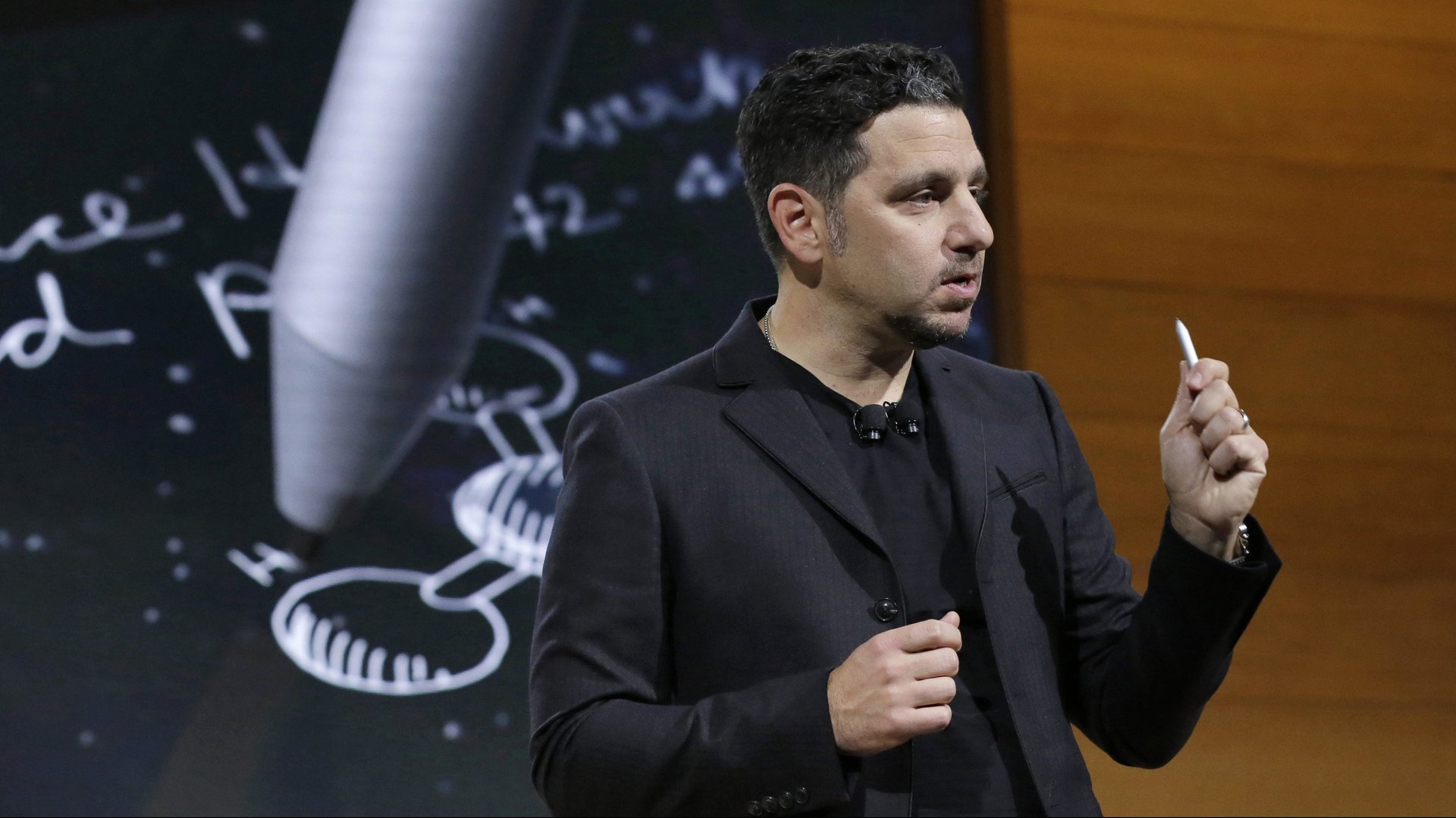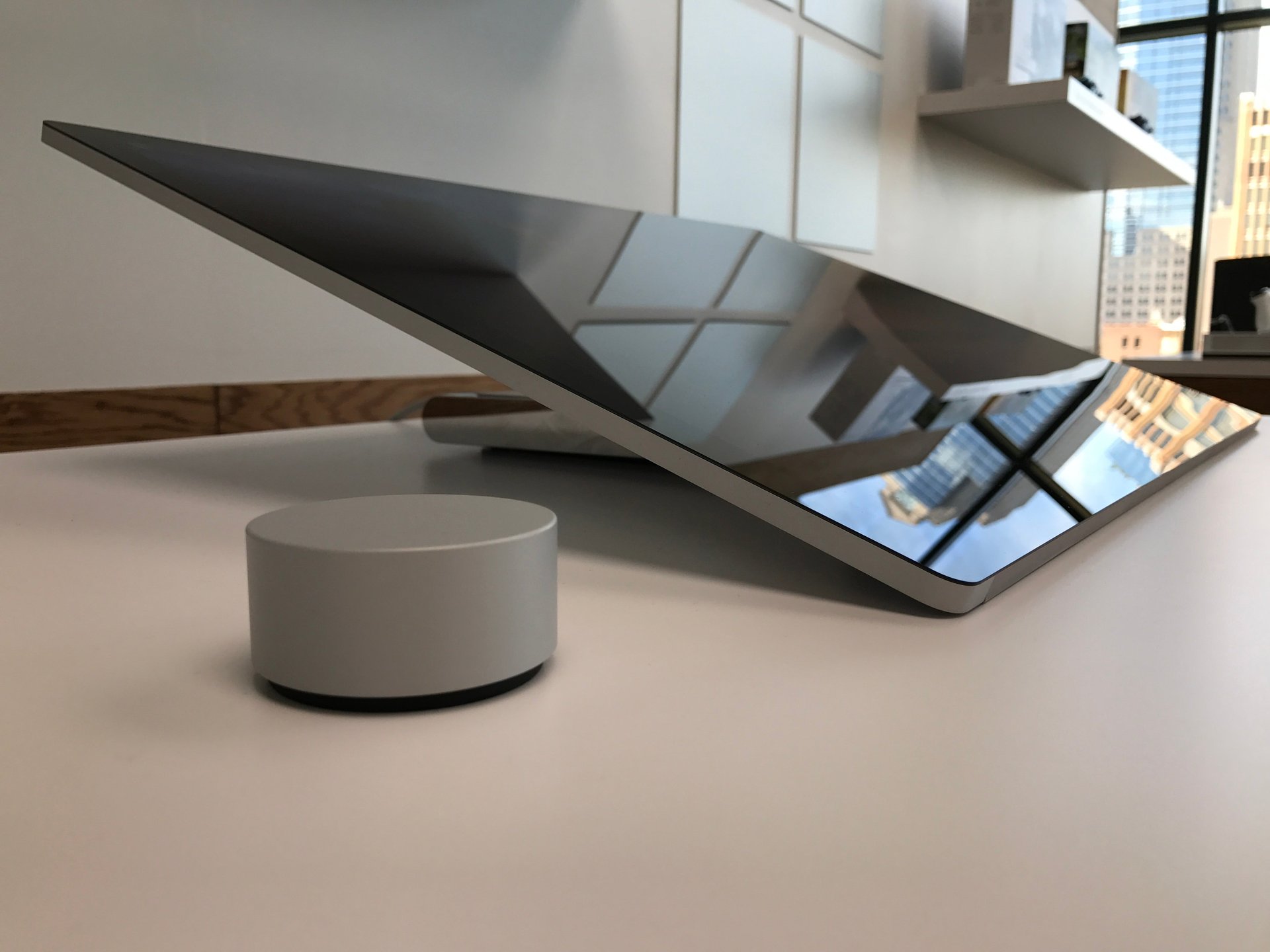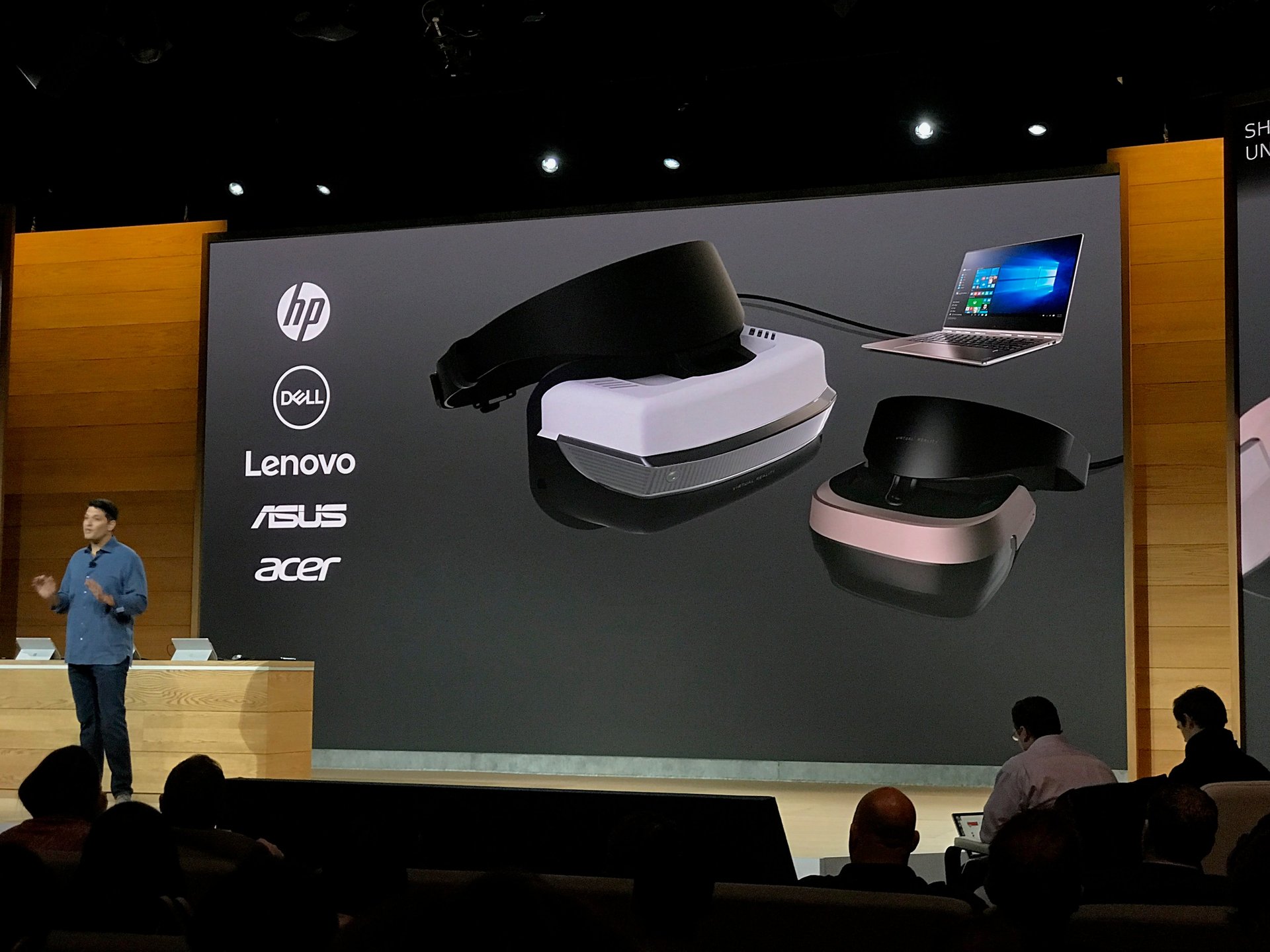Here’s what you need to know after today’s big Microsoft event
For a firm that makes most of its money selling software and cloud services, Microsoft sure wants to look like a hardware company. Alongside new features for Windows 10, Microsoft execs spent more than an hour of the company’s event on Oct. 26 pitching new computers, VR headsets, and accessories focused on artists and designers.


For a firm that makes most of its money selling software and cloud services, Microsoft sure wants to look like a hardware company. Alongside new features for Windows 10, Microsoft execs spent more than an hour of the company’s event on Oct. 26 pitching new computers, VR headsets, and accessories focused on artists and designers.
When it comes to Microsoft’s bottom line, hardware sales are just a drop in the bucket. And while niche-targeted products like creative-friendly desktops are unlikely to change that, new hardware puts the company right next to Apple in the headlines. They also paint a clear picture of the message Microsoft wants investors and consumers to hear: Macs are over, and PCs are once again for creative types. In a hardware landscape that has users living in fear of which port Apple will nix next, the strategy just might work.
Surface Studio
Today’s largest announcement was a 28″ 4K desktop PC called the Surface Studio. The Studio looks a lot like an angular iMac, except the computer’s touchscreen can swing down to rest on the desk at a 20-degree angle, which lets it function as a drawing tablet. The Studio screen works with the Surface Pen, as well as the new Surface Dial, a little knob that either sits alongside the computer to scroll through pen strokes or can be placed on the screen to bring up additional menus.

Combined with a Pen and a Dial, Microsoft says Surface Studio is the best computer on the market for creative tasks. It’s being pitched at artists, architects, engineers, and anyone else who currently creates on the PC (or rather, anyone who makes a lot of money creating things on a PC, because the Studio starts at $2999). For that price, you’ll get an Intel i5 processor, 8GB of RAM, and a 2GB Nvidia GPU. For Microsoft’s most powerful machine—Intel i7 processor, 32GB of RAM, and 4GB GPU—you’ll have to shell out $4199. The Studios are available in limited quantities for pre-order, and will ship in mid-December.
Let’s be honest: Nobody is buying this computer for its specs. It’s a beautiful machine that just might be functional, and it natively works with a stylus and navigation dial.
Microsoft also announced an update to the Surface Book, which costs $2300 for increased battery life and 2x speed.
Windows 10 Creators Edition
It looks like Windows 10 really is the last version of Windows. Instead of dealing with hassle of a new software launch, Microsoft is releasing a free update to the world’s most popular operating system, dubbed the Creators Edition. It will be officially available in the spring, but beta releases are coming as early as next week.
The update contains two big changes worth noting: a messaging overhaul, and 3D everything.
With messaging, Microsoft has chosen to put people first in their redesign. Instead of opening an email client or Skype, you’ll be able to pin individual people to the bottom taskbar. Clicking on them will bring up your preferred method of communicating with that person, making it easy to maintain multiple conversations and to quickly send files.
Microsoft clearly has seen the success of Apple’s iMessage, and is also trying to imitate that. The Windows 10 update includes a new message-relay system that allows users to answer text messages from their Android or Windows phone, as Mac users can with iMessage.
The update also gives a classic Windows program, Paint, a whole new look and skillset. The software, now named Paint 3D, will be able to create and manipulate 3D models, and integrate seamlessly with online repositories of models. Powerpoint will also be able to import 3D models, and transitions between slides can rotate and zoom to show different aspects of objects. This honestly looks pretty silly right now, and doesn’t make a lot of sense until you think about Microsoft’s long-term master plan: to lead the pack in VR and AR.
Microsoft’s multiple realities
The VR duopoly—a showdown between Oculus and Vive—is about to end. HP, Dell, Lenovo, Asus, and Acer will all begin producing VR headsets that don’t require any kind of exterior sensor to function, called inside-out positional tracking.

One unspecified headset was shown on stage today, in a demo where a model created in Paint 3D was brought into a virtual room. Microsoft seems to imagine each user having a personal room or set of rooms, analogous to a desktop. In the demo, soccer played on one wall, while apps were located on another alongside a shelf of digital toys.
The 3D models also can be viewed through the HoloLens, which was briefly trotted out on stage but not given much time.
Microsoft did not announce any expected release dates for the VR headsets, nor did they give additional information about a consumer HoloLens release.